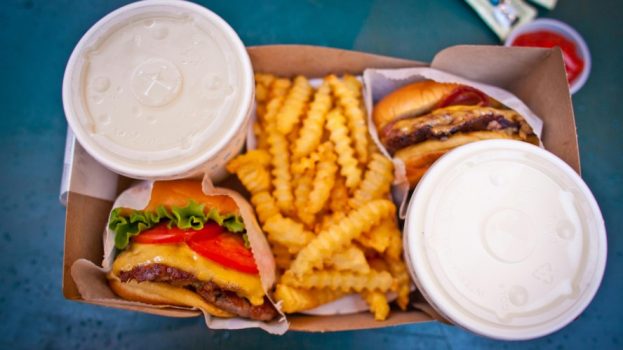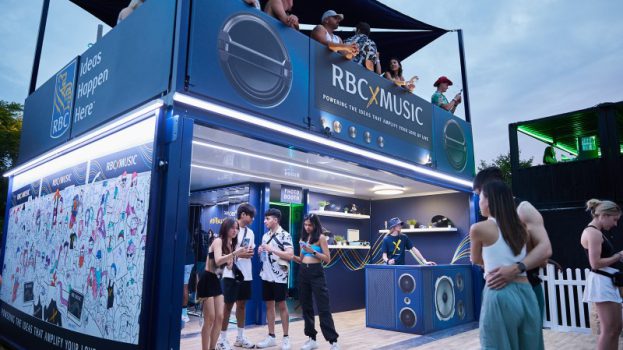Hope that retail sales growth would improve after a disappointing 2018 are diminishing as sales continue to slump after showing moderate gains early in the year.
According to the latest analysis of Statistics Canada data by retail expert Ed Strapagiel, retail sales growth over the second quarter of 2019 was just 1.5%, lower than the 1.8% increase seen during Q1. This amounts to a 1.6% sales increase year-to-date versus a year ago. The country saw gains of 2.9% over the course of 2018, but ended Q4 of that year with growth up just 1.3%.
Both the 3-month and 12-month trend lines, which Strapagiel uses as a measure of long-term outlook, continue to fall after having trended upward during the first months of the year, an improvement Strapagiel considers to have been a “red herring.”
“Both trends are now weakening and there doesn’t appear to be much cause for optimism moving forward,” he writes. “Automotive and related [products] is the main drag on total retail sales, but other retail sectors are not picking up the slack either.”
Nevertheless, there’s mild optimism from the fact that the low growth rates are now below inflation and population growth and, therefore, “should not be sustainable,” he writes, adding “but you never know.”
In food and drugs, retail sales were up 2% year-over-year for the quarter, down from 3.5% during Q1. Those results follow lower sales growth in supermarkets and other grocery stores (up 2% in Q2) and in health and personal care stores (up 1.5%) than during the first quarter of the year. Small specialty food stores posted the biggest gains at 4.1%.
Strapagiel believes there continues to be little hope for strong growth in store merchandise, despite a small improvement over the last quarter. Sales growth reached 2.5% in Q2, up five percentage points from the first quarter of the year.
The modest gains can be attributed to a strong performance in certain store types. Furniture stores and general merchandise shops reached 5.8% and 4.9% growth, respectively. And the recent addition of cannabis stores continue to prop up miscellaneous store sales, which grew 9.8% last quarter. Meanwhile, sales in electronics and appliance stores dropped 9.2%, while shoe stores were down 3% year-over-year.
The automotive and related sector “seemed to be climbing out of a hole at the start of the year,” the analyst notes, “but then took a beating in Q2 2019.” Year-over-year sales in the industry rose a meager 0.3% in the quarter, with new car dealers up 0.8%, used car dealers up 10.1%, and other motor vehicle dealers (which is mostly recreational vehicles) down 0.6%. Retail sales at the pump – which, when strong, has at times distorted the overall sales outlook – were down 2.9%, making them the “most responsible for the latest plunge in automotive and related,” according to Strapagiel.
Ecommerce sales represented 3.2% of total retail sales for the 12-month period ending in June. During Q2, sales in the sector were up 24%, which was much higher than the 1.5% recorded for location-based retail.
























